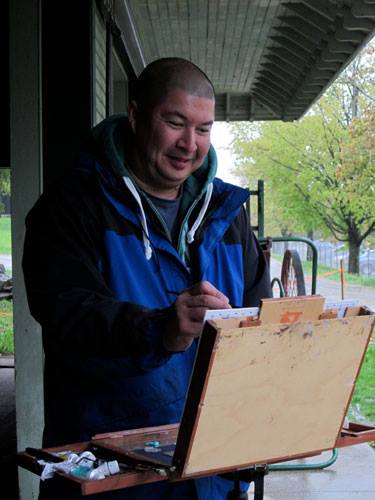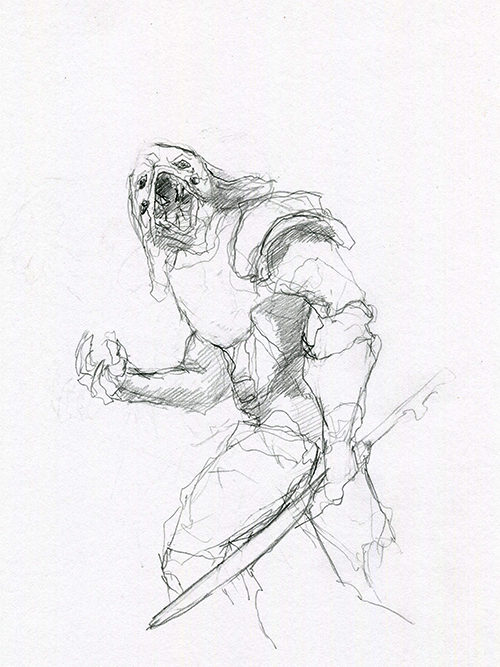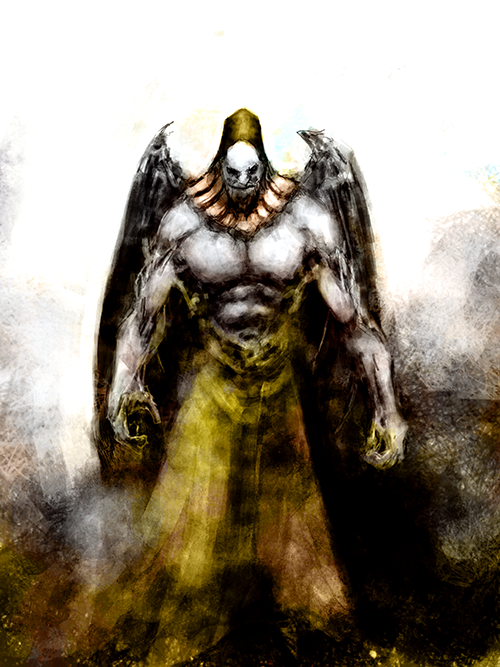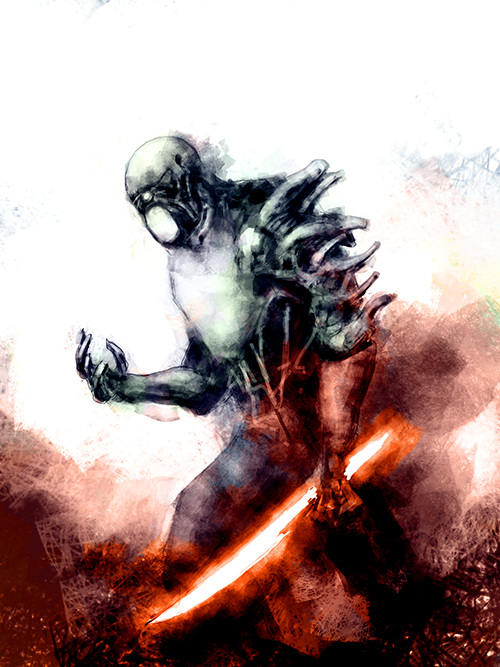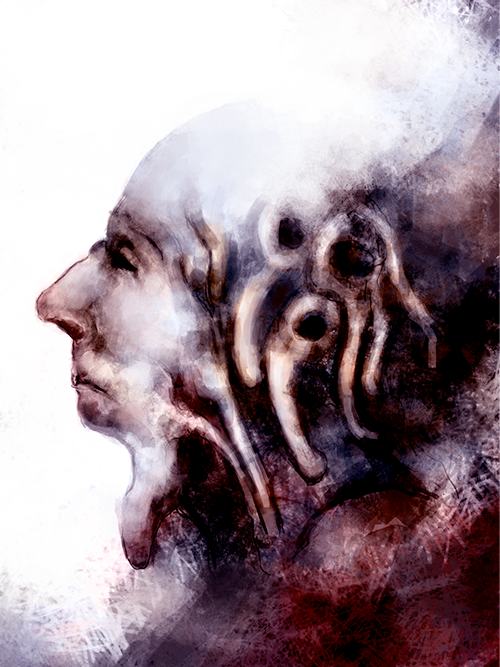ShadowMyths is about coming up with new ideas but being true to who you are >> www.shadowmyths.com
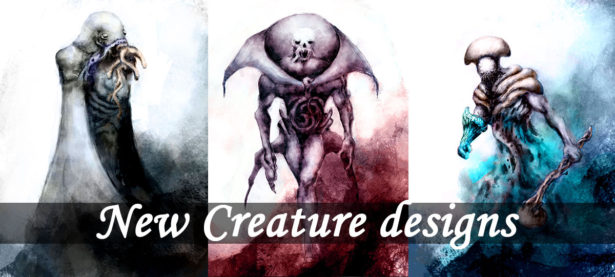
FACEBOOK | INSTAGRAM | TWITTER
How to use the ShadowMyths Cards
Storytelling Game: A basic storytelling game that all ages can play. Shuffle the deck of cards and the dealer deals five cards to each player. The unused pile is left in the center of the table. Each player can trade up to two cards with another player by asking, “Who wants to trade?”.
The dealer lays down one card and starts a story. When they’re finished, they they draw a card from the unused center card pile and add it to their hand. The next player plays a card adding onto the story and then draws a card from the center pile. This continues until the end of the game.
If the addition to the story makes little sense, other players can challenge the player. All players (even eliminated ones) decide whether the new addition is okay. If most of the players vote against the story, that player is eliminated from the game. The eliminated player’s cards are NOT added to the unused pile.
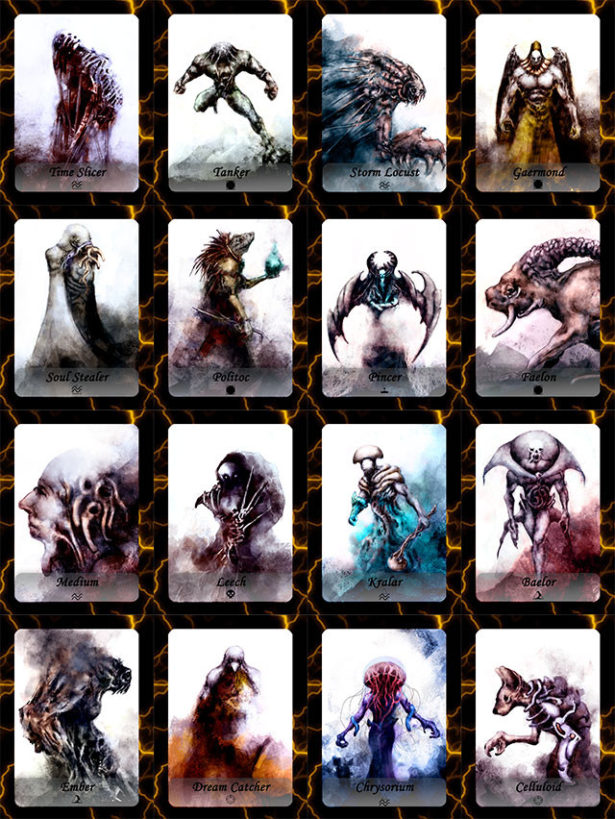
The last player remaining wins the game.
Writer: No matter how long you’ve been writing or what genre you work in, there will always be times when you reach a roadblock and where you keep rehashing the same idea. These cards can help break that writer’s block.
The easiest method for coming up with a new idea is the 3-card draw. Select three cards randomly from the deck and lay them out next to each other in a row.
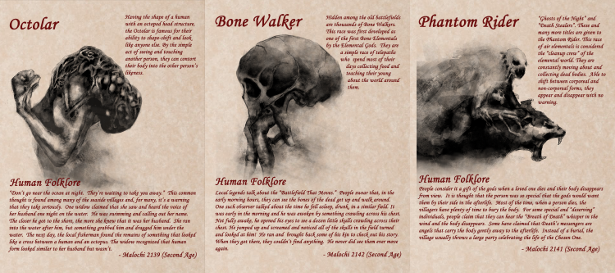
– The first card is the main character.
– The second card is the antagonist or something that happens to the main character.
– The third card is the resolution of what happened.
Using this three-card draw as often as you want will help you come up with new ideas and directions that you can take your existing characters.
DnD/Role-Playing Games: The two main ways that players use the cards in DnD are as props or as a quick way to create new and interesting campaigns.
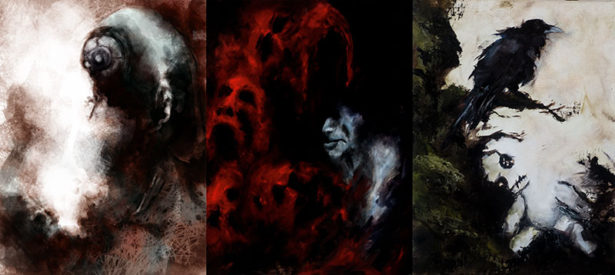
An example as a prop is laying down five cards on the gaming table. As your players enter the room, tell them “You see 5 cards on the table. What do you want to do?” What happens next depends on which card is selected. Remember, not all cards have to be bad. Maybe they gain some new information. Maybe a new spell.
As a campaign generator, use the same method as the Writer. Draw 3 cards and lay them out next to each other in a row
– The first card is NPC who needs help.
– The second card is the villain. This is the situation that the players are trying to defeat or control (or maybe they have to retrieve something).
– The third card is the situation they have to get through to get to the villain.
Oracle Reader: ShadowMyths cards are about understanding who you are and helping with situations that have arisen.
A simple way to use them for Oracle reading is to find a quiet area and calm your thoughts. Then draw three cards and lay them next to one another. The meanings of the layout is:
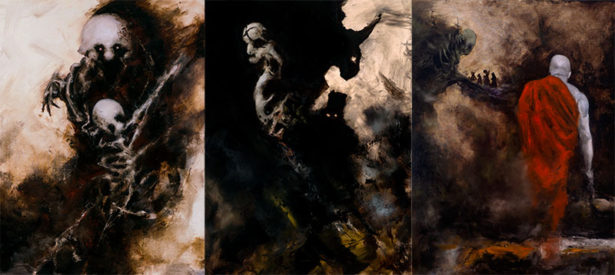
– Leftmost card: What situation/issue has been holding you back?
– Center card: What are you dealing with that was caused by the issue?
_ Rightmost card: What do you need to understand so you can move forward.
Teacher: You can use the same methods that the writers use, the storytelling game, or how the role-players come up with campaigns. In addition, you can use these as a vocabulary lesson where each student picks a random card and write five adjectives that describe what they see. Then have them trade cards and come up with different adjectives for the new card. At the end of the trading, compare to see what words each student came up with.
Therapist: Like Rorschach cards, you can help patients discuss what they see in the cards. The primary purpose is for communication, not for revealing innermost secrets. When we tell stories, we always refer to things that we know or have seen.
The standard method that is used is to have the patient pick five cards and lay them down in any order that they wish. Then they tell the story. You can ask them about situations in the story who the main character is and why they are performing certain actions. The goal is to allow the patient to tell the story in their own way and become comfortable with what is being said. From there, you can explore other avenues and search for ways to help them based on what you’ve learned.
“These decks are story prompt/idea generation cards using my dark fantasy illustrations. The cards are used by teachers in their classrooms, gamers for DnD and other role-playing games, Tarot/Oracle card readers and writers. Each deck comes with 35 cards and ideas on how to use the decks.
Find out more about the deck at www.shadowmyths.com. In addition, you can see more products at: www.etsy.com/shop/ShadowMyths. Products include books, Oracle Decks, Prints, Original drawings and original paintings.” Doug Hoppes
